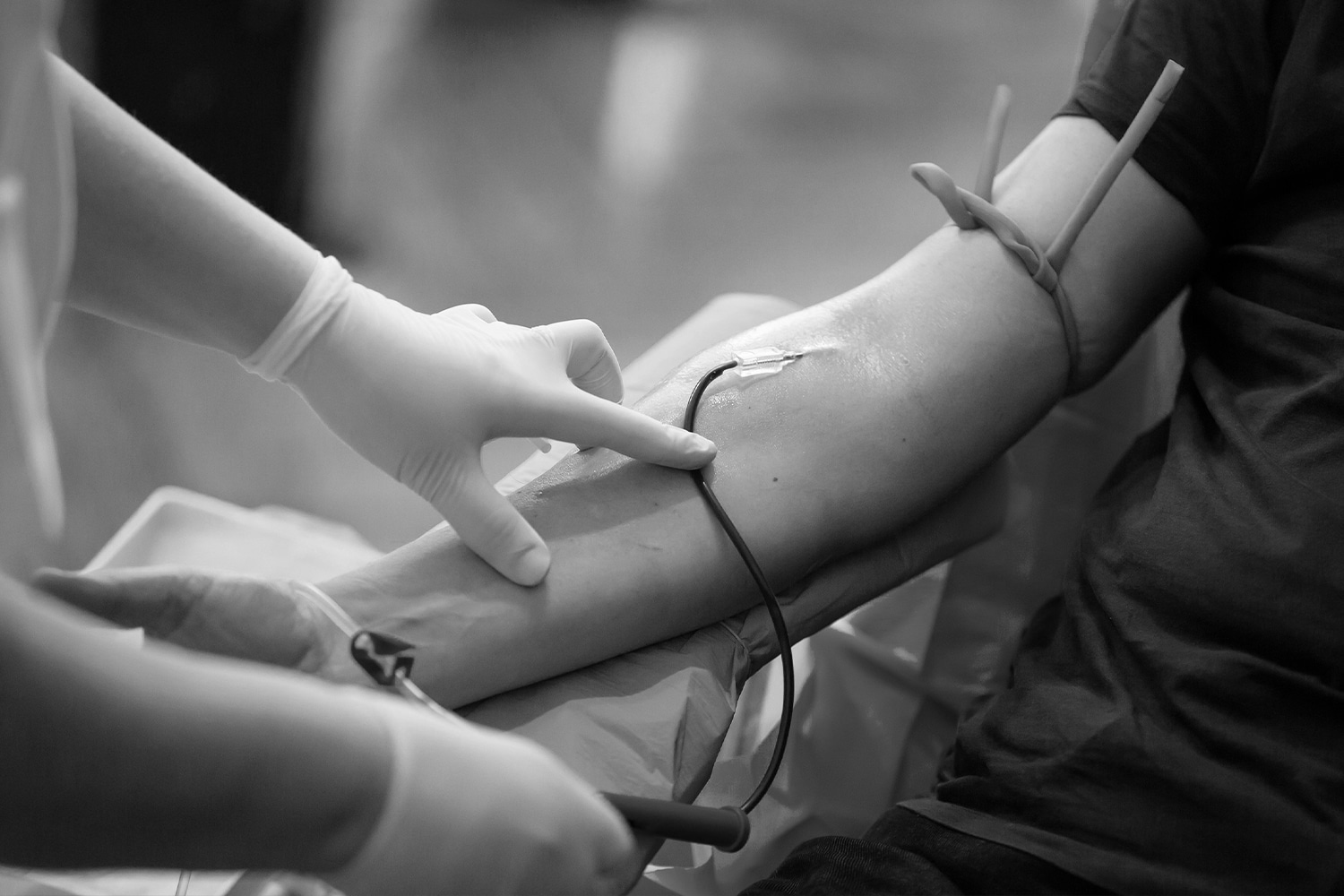Excitement About Northeast Medical Institute - New Haven Campus Phlebotomy Course & Cna Class
Excitement About Northeast Medical Institute - New Haven Campus Phlebotomy Course & Cna Class
Blog Article
The Buzz on Northeast Medical Institute - New Haven Campus Phlebotomy Course & Cna Class
Table of ContentsGetting The Northeast Medical Institute - New Haven Campus Phlebotomy Course & Cna Class To WorkNortheast Medical Institute - New Haven Campus Phlebotomy Course & Cna Class - TruthsThe Buzz on Northeast Medical Institute - New Haven Campus Phlebotomy Course & Cna ClassThe Ultimate Guide To Northeast Medical Institute - New Haven Campus Phlebotomy Course & Cna ClassThe Of Northeast Medical Institute - New Haven Campus Phlebotomy Course & Cna ClassAll about Northeast Medical Institute - New Haven Campus Phlebotomy Course & Cna Class
The use of such devices should be gone along with by various other infection avoidance and control techniques, and training in their use. Not all safety gadgets are relevant to phlebotomy. Prior to selecting a safety-engineered tool, users need to completely examine available devices to establish their suitable usage, compatibility with existing phlebotomy practices, and efficacy in protecting team and people (12, 33).For settings with reduced sources, expense is a motoring factor in purchase of safety-engineered tools. Where safety-engineered gadgets are not readily available, knowledgeable use of a needle and syringe is acceptable.
Among the crucial markers of quality of treatment in phlebotomy is the participation and participation of the client; this is mutually helpful to both the wellness employee and the person. Clear information either written or verbal should be available to each client who undergoes phlebotomy. Annex F offers sample message for describing the blood-sampling procedure to a client. labelling); transport conditions; interpretation of results for clinical management. In an outpatient department or clinic, provide a devoted phlebotomy workstation containing: a clean surface with 2 chairs (one for the phlebotomist and the various other for the person); a hand laundry container with soap, running water and paper towels; alcohol hand rub. In the blood-sampling space for an outpatient department or clinic, provide a comfy reclining sofa with an arm remainder.
Things about Northeast Medical Institute - New Haven Campus Phlebotomy Course & Cna Class
Make sure that the indications for blood tasting are plainly defined, either in a created protocol or in documented instructions (e.g. in a research laboratory form). In any way times, follow the approaches for infection prevention and control provided in Table 2.2. Infection avoidance and control practices. Accumulate all the equipment needed for the treatment and place it within risk-free and very easy reach on a tray or trolley, making certain that all the items are clearly noticeable.
Introduce yourself to the client, and ask the individual to specify their full name. Check that the research laboratory kind matches the person's identity (i.e. match the patient's details with the lab type, to make certain exact identification).
Make the client comfy in a supine position (preferably). Area a tidy paper or towel under the individual's arm. Discuss the examination to be executed (see Annex F) and acquire verbal consent. The individual has a right to reject an examination at any moment before the blood sampling, so it is necessary to guarantee that the patient has actually recognized the procedure.
Northeast Medical Institute - New Haven Campus Phlebotomy Course & Cna Class Can Be Fun For Anyone
Extend the individual's arm and inspect the antecubital fossa or forearm. Locate a vein of a great dimension that is visible, straight and clear.
DO NOT place the needle where blood vessels are drawing away, due to the fact that this enhances the possibility of a haematoma. The capillary ought to be noticeable without using the tourniquet. Finding the blood vessel will certainly help in figuring out the right dimension of needle. Apply the tourniquet about 45 finger widths above the venepuncture site and re-examine the vein.
Specimens from main lines carry a threat of contamination or incorrect research laboratory test outcomes. It is acceptable, however not excellent, to draw blood samplings when first presenting an in-dwelling venous tool, before attaching the cannula to the intravenous fluids.
Northeast Medical Institute - New Haven Campus Phlebotomy Course & Cna Class Fundamentals Explained
Permit the location to completely dry. Failure to enable enough contact time raises the danger of contamination. DO NOT touch the cleaned website; particularly, DO NOT put a finger over the blood vessel to guide the shaft of the exposed needle. It the website is touched, repeat the sanitation. Perform venepuncture as follows.
Ask the patient to develop a hand so the blood vessels are extra noticeable. Go into the blood vessel swiftly at a 30 degree angle or much less, and proceed to introduce the needle along the blood vessel at the most convenient angle of access - PCT Training. As soon as adequate blood has been accumulated, launch the tourniquet BEFORE taking out the needle
The Facts About Northeast Medical Institute - New Haven Campus Phlebotomy Course & Cna Class Revealed
Take out the needle gently and apply mild pressure to the site with a tidy gauze or dry cotton-wool sphere. Ask the patient to hold the gauze or cotton woollen in location, with the arm expanded and raised. Ask the individual NOT to flex the arm, because doing so triggers a haematoma.

The Only Guide to Northeast Medical Institute - New Haven Campus Phlebotomy Course & Cna Class
Do not press the syringe bettor since extra pressure boosts the risk of haemolysis. Where possible, maintain televisions in a rack and relocate the shelf towards you. Inject downwards right into the suitable coloured stopper. DO NOT remove the stopper since it will launch the vacuum. If the sample tube does not have a rubber stopper, inject exceptionally slowly into the tube as minimizing the pressure and rate made use of to move the sampling decreases the danger of haemolysis.

Report this page